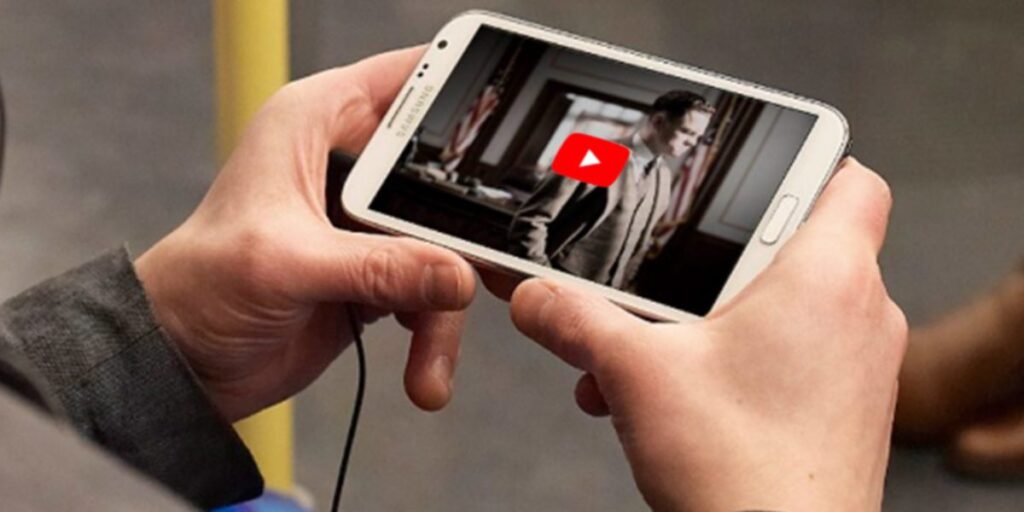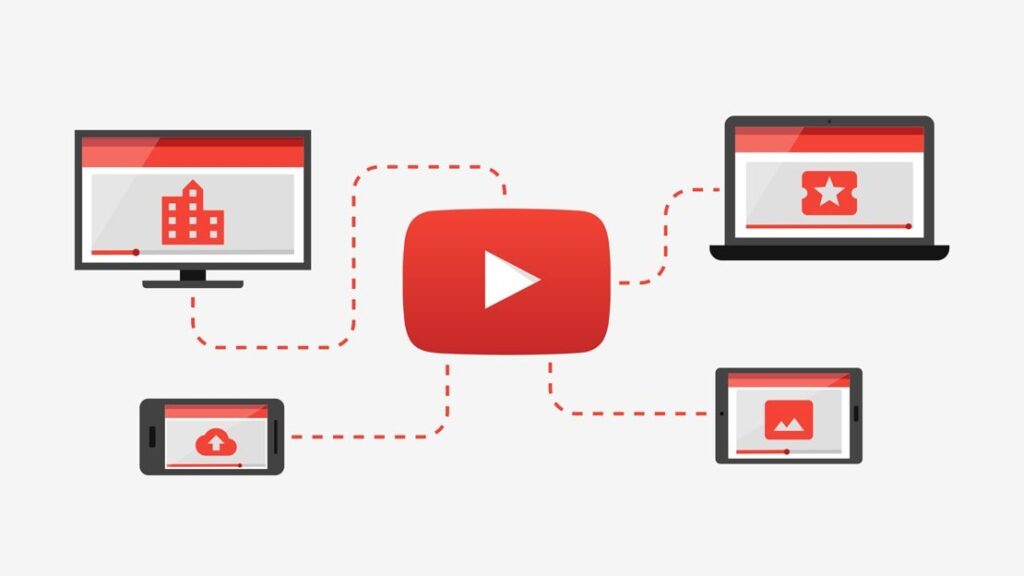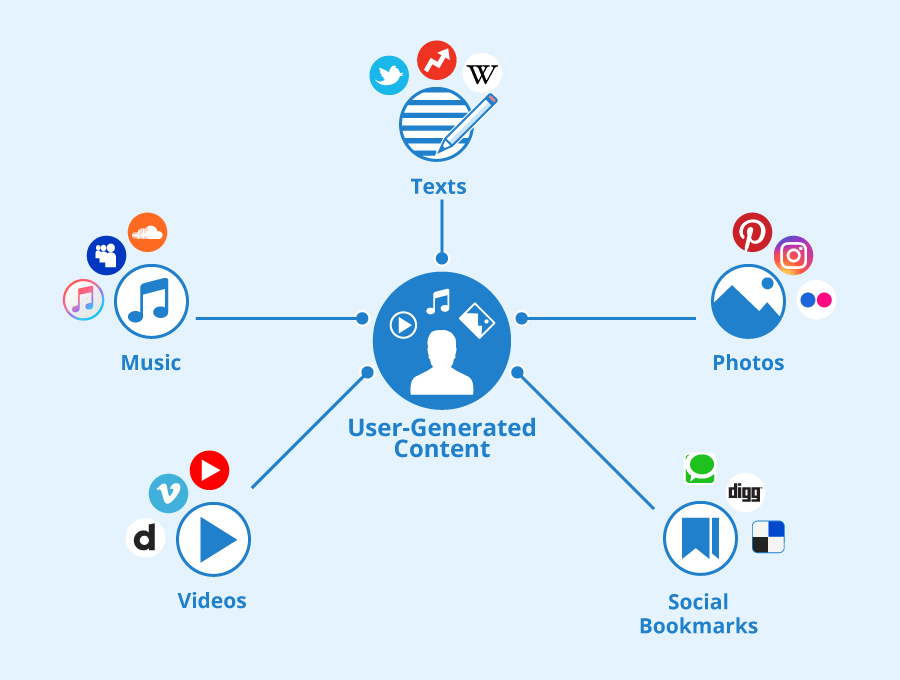Introduction
Have you ever wondered why everyone seems glued to their screens these days? Video content is everywhere, from binge-watching shows to catching the latest viral videos. And it’s not just for entertainment anymore; it’s a critical part of our daily lives, impacting everything from education to marketing. Let’s dive into the fascinating world of video content consumption and explore the latest trends shaking things up.

The Evolution of Video Content
A Blast from the Past
Remember the days of VHS tapes and DVDs? Back then, video content was a luxury. You had to go to a store, rent or buy a physical copy, and play it on a dedicated device. Fast forward to today, and videos are at our fingertips, thanks to the internet and smartphones. This evolution has transformed how we consume content. It’s no longer just watching; it’s about interacting, sharing, and creating.
The Digital Revolution
The internet changed the game. Platforms like YouTube and Netflix made it possible to stream videos anytime, anywhere. This shift not only made videos more accessible but also diversified the types of content available. Suddenly, anyone with a camera and internet connection could become a content creator. This democratization of video production has led to an explosion of content across various genres and formats.
Why Video Content is King
Engagement and Retention
Videos are engaging. They capture our attention and hold it longer than text or images. Studies show that people remember 95% of a message when it’s watched versus only 10% when read. This high retention rate makes video an incredibly effective medium for communication. Whether it’s a brand message, an educational tutorial, or a heartfelt story, videos have the power to leave a lasting impression.

Versatility
From tutorials to live streams, videos can be used for various purposes. Whether you’re learning a new skill, staying updated with news, or just relaxing, there’s a video for that. This versatility makes video content a valuable tool for marketers, educators, entertainers, and virtually anyone looking to share information or tell a story.
Key Trends in Video Content
Understanding the latest trends in video content is crucial for staying competitive. Here are some of the most significant trends in video content that are shaping the industry:
Short-Form Videos
The Rise of TikTok
TikTok’s explosion onto the scene revolutionized short-form video content. These bite-sized videos, often under a minute, are perfect for our fast-paced lives. They’re quick, entertaining, and addictive. TikTok’s algorithm, which tailors content to individual preferences, keeps users engaged and coming back for more. This trend has influenced other platforms to adopt similar formats.
Instagram Reels and YouTube Shorts
Following TikTok’s success, platforms like Instagram and YouTube introduced their versions of short-form videos. These platforms are competing for our limited attention spans, and it’s working. Instagram Reels and YouTube Shorts offer creators additional avenues to reach and engage their audiences with concise, impactful content.
Live Streaming
Real-Time Engagement
Live streaming is booming. Whether it’s a product launch, a live concert, or a Q&A session, live videos offer real-time interaction. It’s a great way to build a community and engage with audiences directly. Platforms like Twitch, YouTube Live, and Facebook Live have made live-streaming accessible to anyone, from individuals to large organizations.
Behind-the-Scenes Access
Viewers love getting a behind-the-scenes look at their favorite brands or personalities. It adds a layer of authenticity and connection that pre-recorded videos can’t match. This trend has been embraced by various industries, including manufacturing, where companies use live streams to showcase their processes and innovations.
Personalized Video Content
Tailored Experiences
Personalized videos are like a custom-made suit; they fit perfectly. Brands are leveraging data to create videos tailored to individual preferences, increasing engagement and conversion rates. Personalization can involve addressing viewers by name, referencing their past interactions, or suggesting content based on their interests.
Interactive Elements
Interactive videos, where viewers can make choices or click on elements within the video, are becoming more popular. They offer a unique, engaging experience that keeps viewers hooked. Interactive elements can include quizzes, polls, and clickable links that lead to additional content or websites.
Educational and How-To Videos
Learning Made Easy
YouTube is the go-to platform for learning new skills. From cooking tutorials to DIY projects, educational videos are incredibly popular. They make learning accessible and fun. Educational institutions and businesses alike are leveraging this trend to reach wider audiences and provide valuable content.
Corporate Training
Companies are using video content for employee training. It’s an effective way to convey information and ensure employees are engaged and retain the material. Training videos can be paused, replayed, and accessed at any time, making them a flexible and efficient training tool.

User-Generated Content
Authenticity and Trust
User-generated content (UGC) is powerful. When real people share their experiences with a product or service, it builds trust. Brands are encouraging customers to create and share their videos, boosting authenticity. UGC is often perceived as more genuine and relatable than branded content.
Community Building
UGC helps build a community around a brand. It creates a sense of belonging and encourages more people to share their experiences. This trend is particularly effective on social media platforms, where users can easily share their content and engage with others.
360-Degree and VR Videos
Immersive Experiences
360-degree and virtual reality (VR) videos offer immersive experiences. Whether it’s a virtual tour of a facility or an immersive gaming experience, these videos transport viewers to another world. This trend is gaining traction in various sectors, including real estate, tourism, and entertainment.
Enhanced Storytelling
These technologies enhance storytelling by allowing viewers to explore and interact with the content. It’s a new way to engage and captivate audiences. For example, a 360-degree video of a manufacturing plant allows viewers to see every angle and get a comprehensive understanding of the facility.
Impact on the Manufacturing Industry
The adoption of these trends in video content is having a significant impact on the manufacturing industry. Here’s how:
Training and Education
Engaging Employees
Manufacturers are using video content to train employees. Interactive training videos make learning more engaging and effective, reducing the time and cost associated with traditional training methods. These videos can cover everything from safety procedures to machine operations.
Safety Demonstrations
Safety is paramount in manufacturing. Videos are an excellent way to demonstrate safety procedures, ensuring that all employees understand and adhere to safety protocols. Visual demonstrations are often more effective than written instructions, reducing the risk of accidents.
Showcasing Products
Product Demonstrations
Videos are the perfect medium for showcasing products. They allow potential customers to see the product in action, highlighting features and benefits in a way that text cannot. This is particularly useful for complex machinery or equipment, where seeing the product in use is crucial.
Customer Testimonials
Hearing from other customers is powerful. Video testimonials provide social proof and help build trust with potential customers. Seeing real people share their positive experiences can significantly influence purchasing decisions.

Marketing and Sales
Visual Storytelling
Manufacturers are leveraging video content for marketing and sales. Visual storytelling is a compelling way to communicate a brand’s message and connect with the audience. Videos can evoke emotions, tell a story, and create a memorable impression.
Boosting Engagement
Videos are more likely to be shared on social media, increasing reach and engagement. They’re a critical component of a successful marketing strategy. Engaging videos can go viral, bringing widespread attention to a brand.
Customer Support
Troubleshooting Guides
Video troubleshooting guides help customers resolve issues quickly and easily. They’re more effective than written manuals and can reduce the burden on customer support teams. Visual instructions are often easier to follow, leading to faster resolutions.
Case Studies
To illustrate the impact of video content in the manufacturing industry, let’s look at a few case studies:
Case Study 1: Live Streaming for Product Launches
Company A
A leading machinery manufacturer used live streaming to launch a new product. The event reached a global audience, generating significant interest and sales inquiries. The live stream allowed potential customers to see the product in action and ask questions in real-time, enhancing engagement and trust.
Case Study 2: Interactive Videos for Training
Company B
An automotive manufacturer implemented interactive training videos for their assembly line workers. The engaging content improved training outcomes and reduced the time needed for new employees to become proficient. The interactive elements allowed employees to test their knowledge and receive immediate feedback, increasing retention.
Case Study 3: User-Generated Content for Brand Engagement
Company C
An electronics manufacturer encouraged customers to share videos of their products in use. These videos were featured on the company’s social media channels, boosting engagement and authenticity. The UGC campaign created a community of brand advocates who were excited to share their experiences.
Case Study 4: Personalized Video Marketing Campaigns
Company D
A custom machinery manufacturer used personalized video emails to reach potential clients. The tailored content led to higher open rates and increased conversions. Each video was customized to address the recipient’s specific needs and preferences, making the message more relevant and compelling.
Future Outlook
Innovation in Video Content
AI and Machine Learning
AI and machine learning are set to revolutionize video content creation. These technologies can automate editing, personalize content, and even create videos from scratch. AI can analyze viewer data to suggest the best content, timing, and format, optimizing engagement.
Augmented Reality (AR)
AR is the next big thing. It combines the physical and digital worlds, offering unique, interactive experiences. Imagine trying out a product virtually before making a purchase. AR can provide an immersive shopping experience, allowing customers to visualize products in their own space.
Challenges Ahead
Data Privacy
With personalized content comes the challenge of data privacy. Brands must navigate the fine line between personalization and privacy, ensuring they respect and protect user data. Transparency and consent are key to maintaining trust.
Content Saturation
The sheer volume of video content can be overwhelming. Brands need to find ways to stand out and capture the audience’s attention in a crowded space. Quality over quantity and innovative content strategies will be crucial.
Conclusion
Video content is no longer just an option; it’s a necessity. The trends in video content consumption are continually evolving, driven by technology and changing viewer preferences. For the manufacturing industry, embracing these trends can lead to significant benefits, from improved training and customer support to enhanced marketing and sales. By staying ahead of the curve and leveraging the power of video, manufacturers can connect with their audience in meaningful ways, driving engagement and growth.